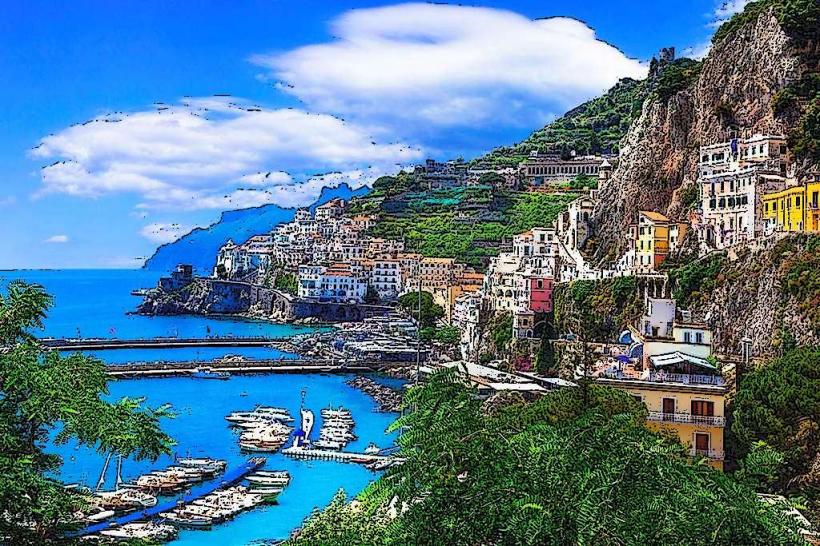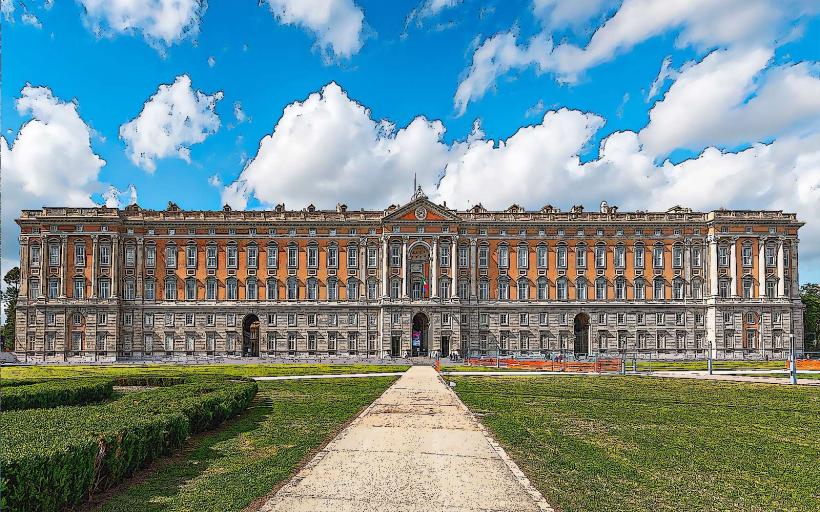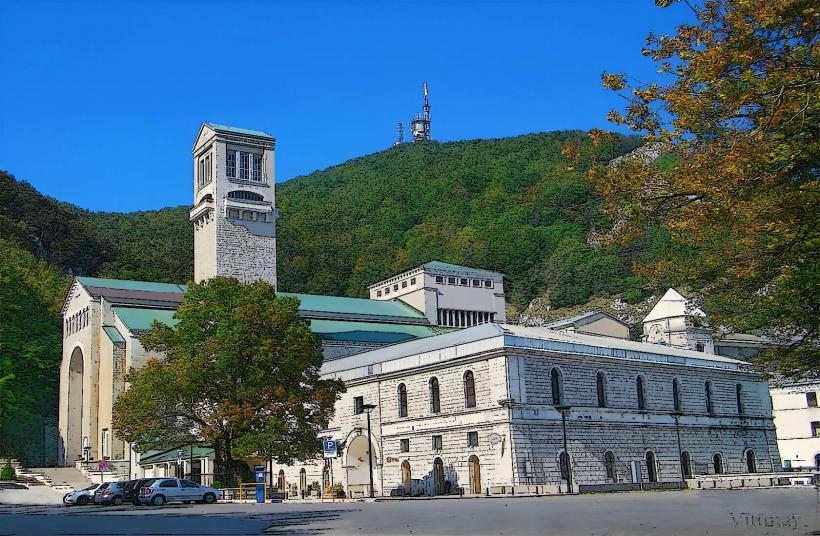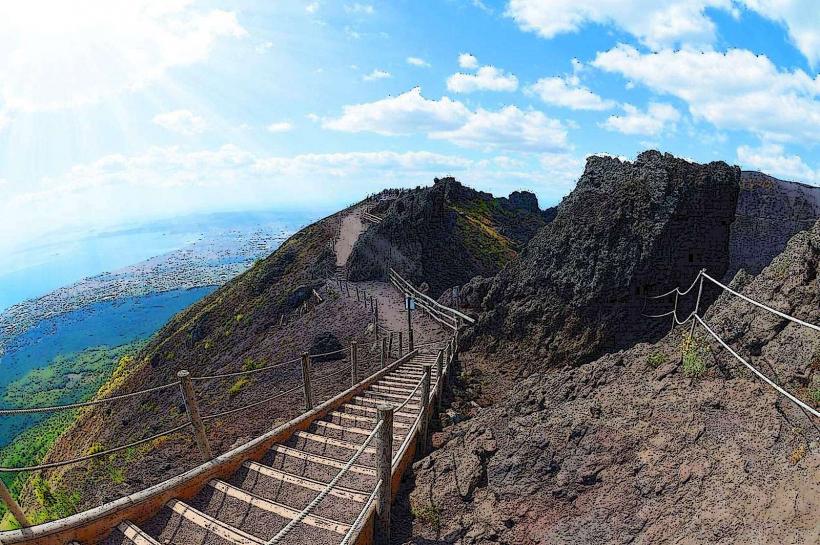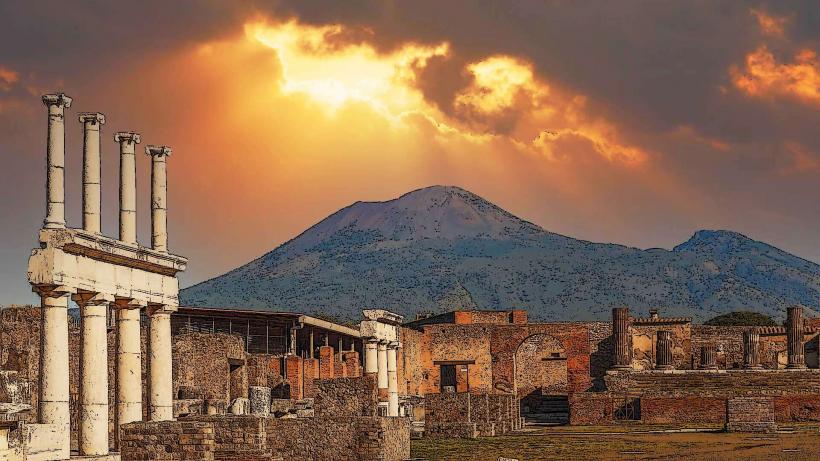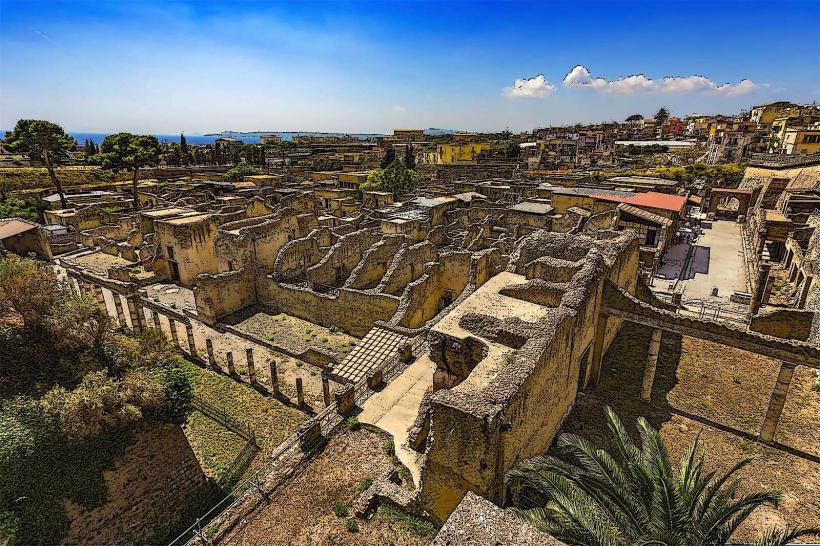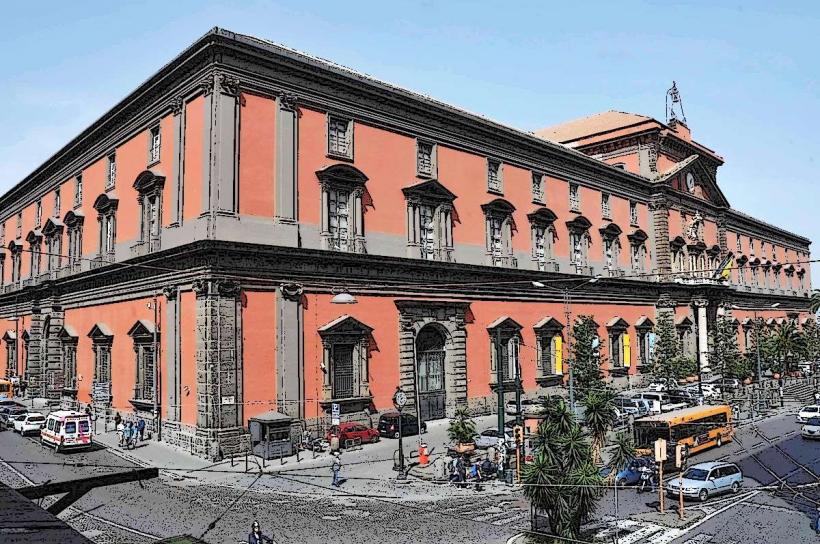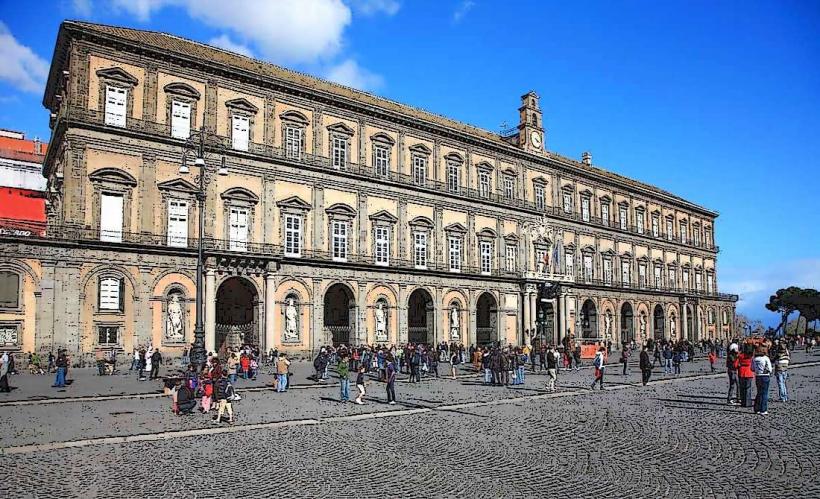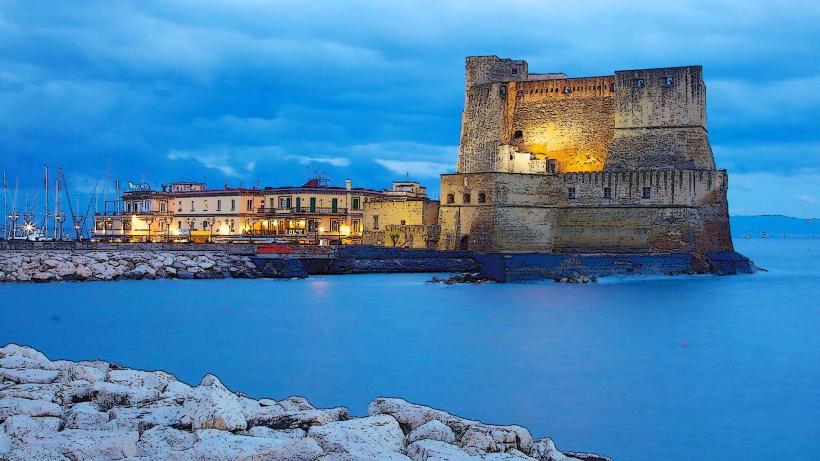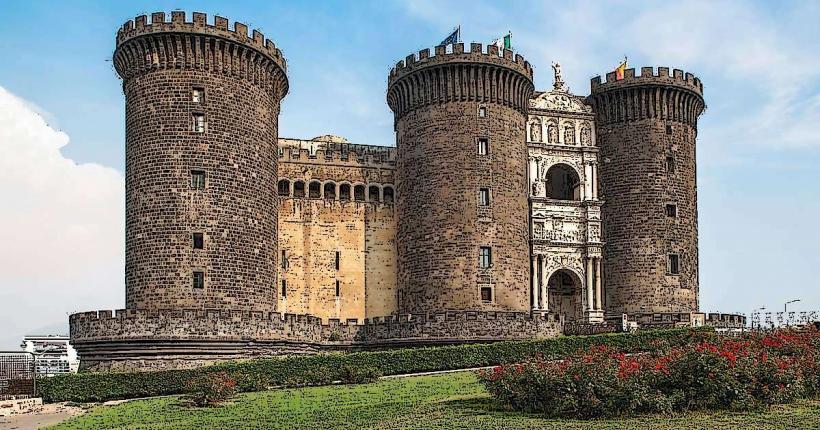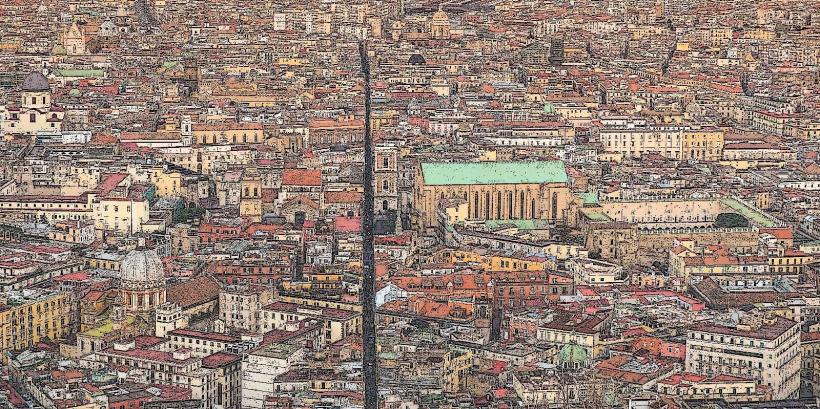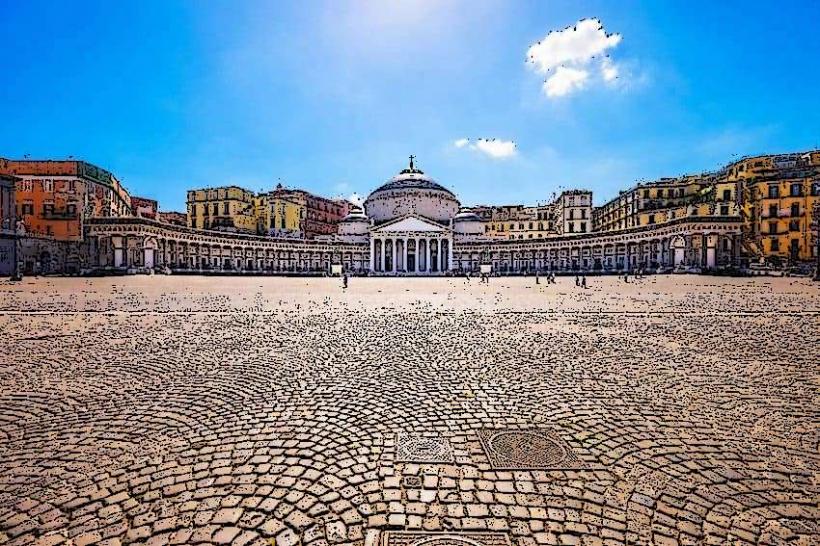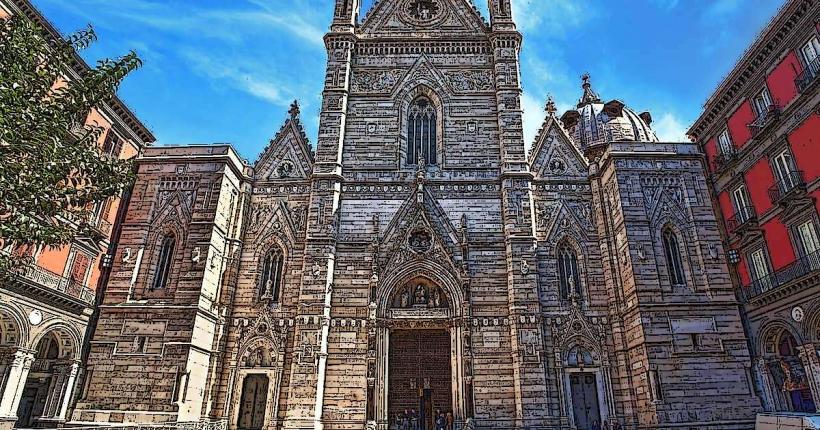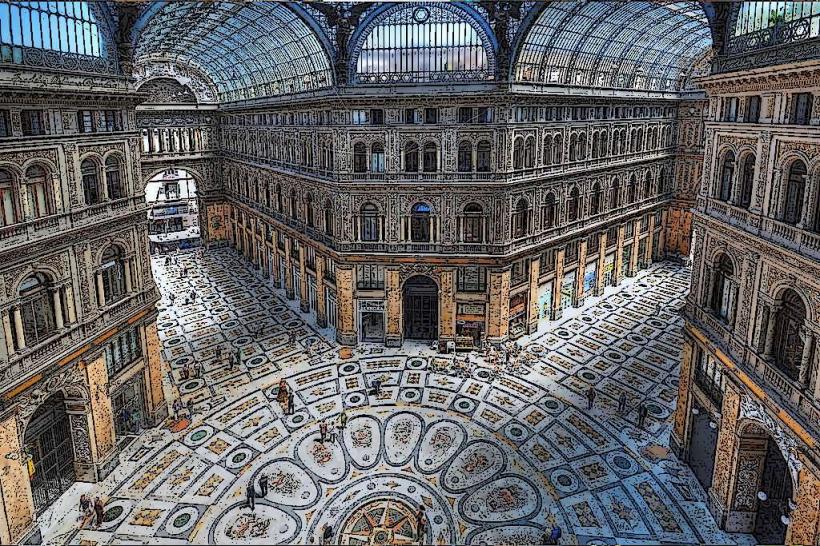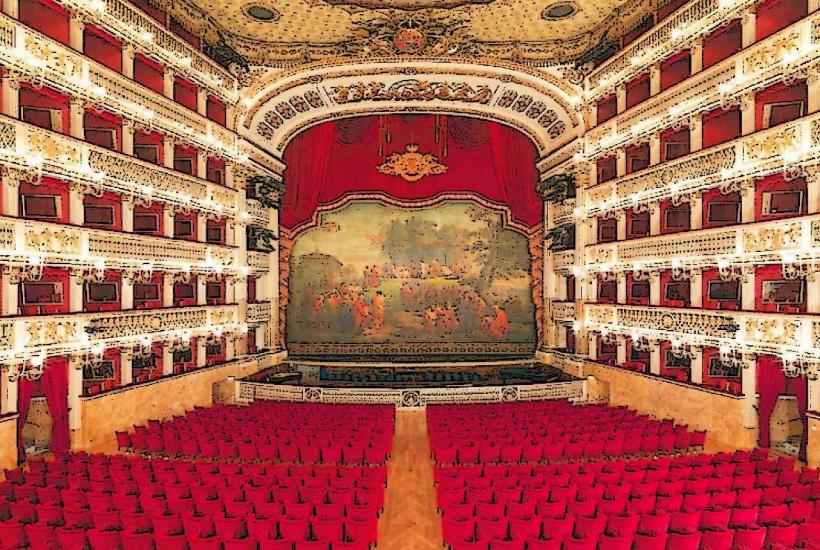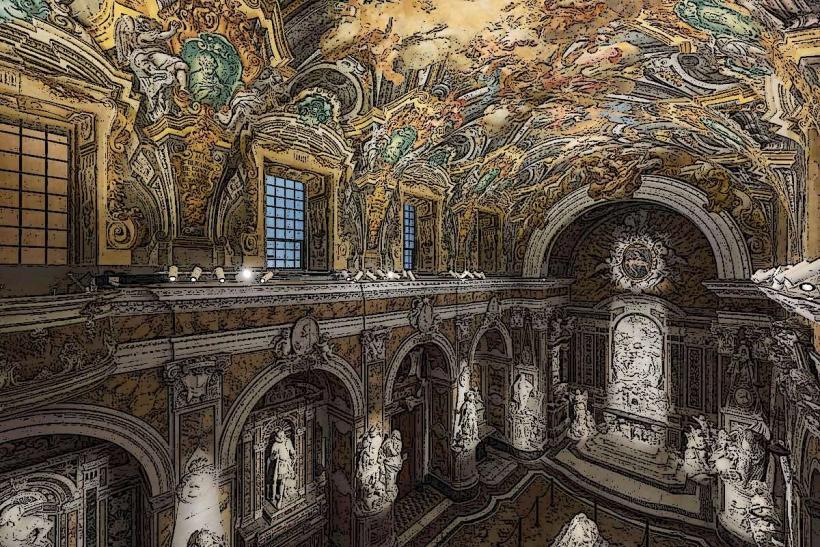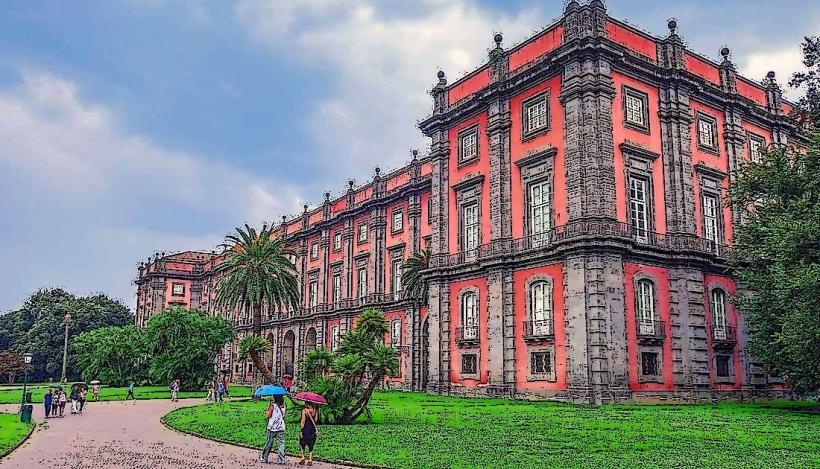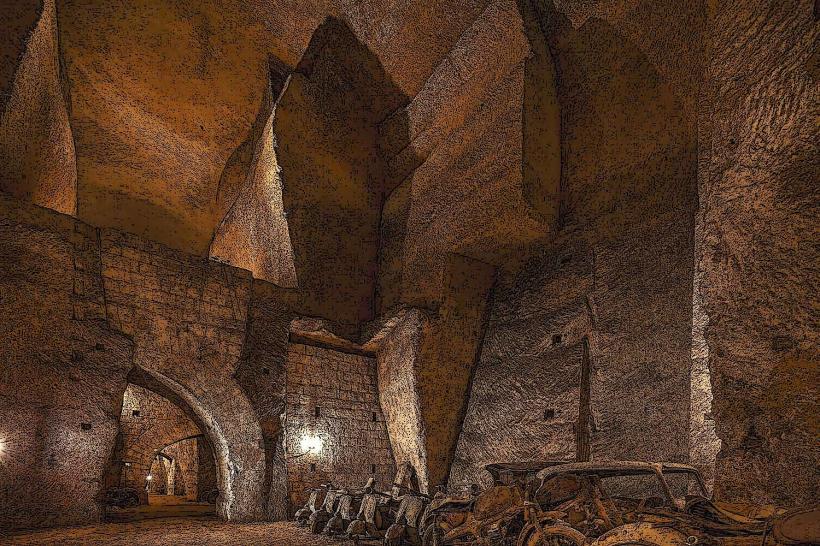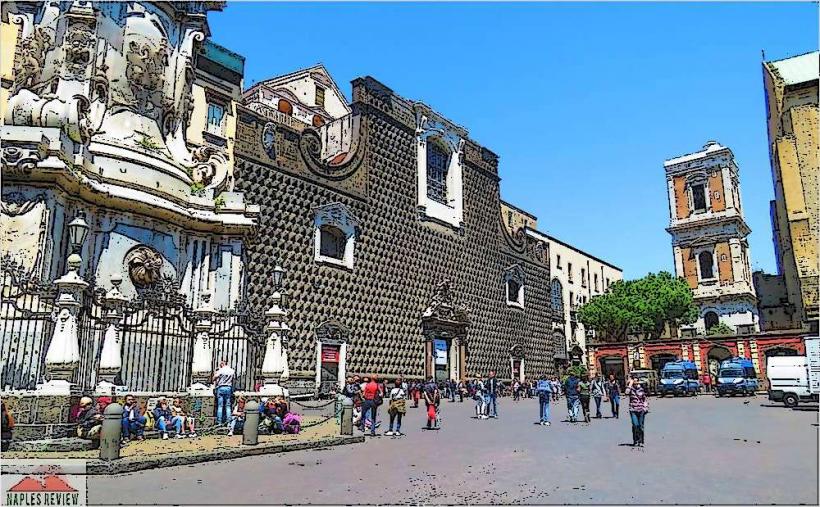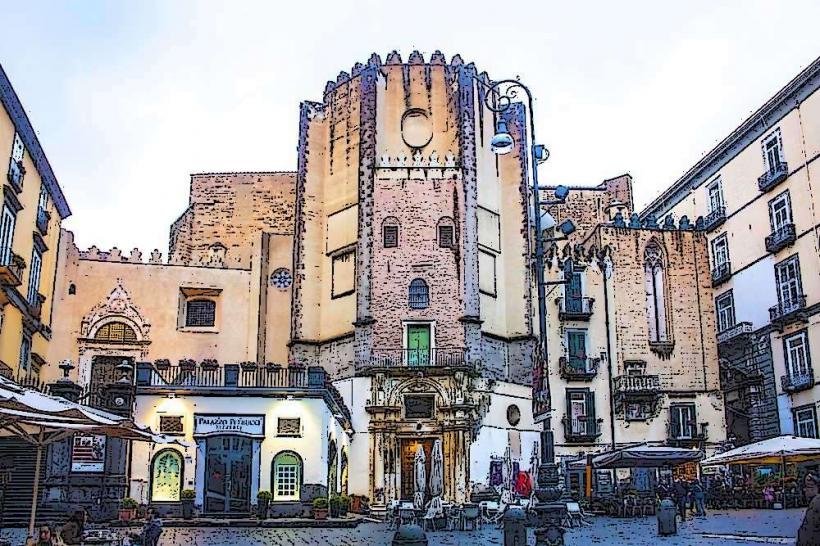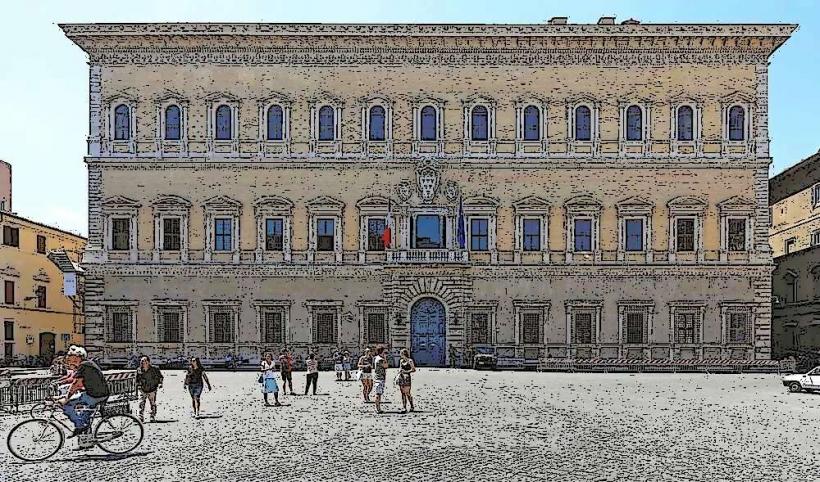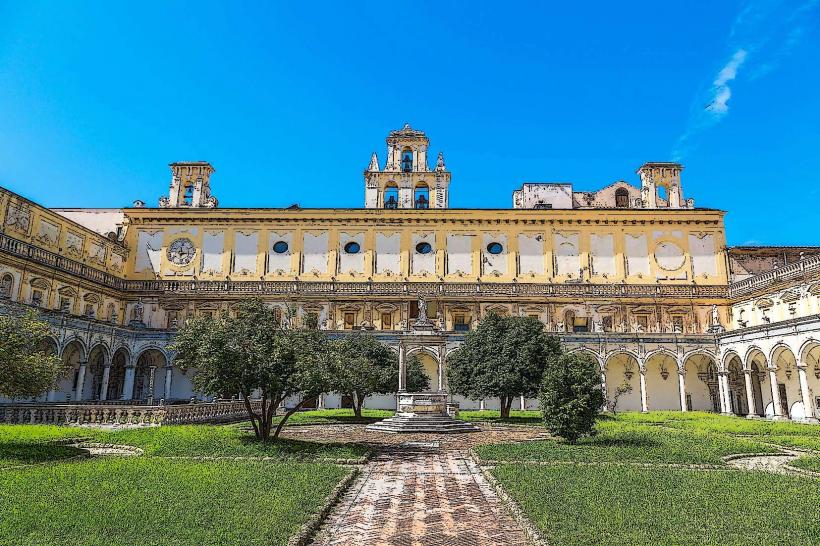Information
Landmark: Abbey of MontecassinoCity: Naples
Country: Italy
Continent: Europe
The Abbey of Montecassino (Abbazia di Montecassino) is a historic and renowned Benedictine monastery located atop Mount Cassino near the town of Cassino in Lazio, Italy. One of the most significant monasteries in Christian history, it holds a special place in both religious and cultural traditions. The abbey is known for its rich history, architectural beauty, and its role in religious and military events over the centuries.
Key Features of The Abbey of Montecassino:
Historical Background:
- The Abbey of Montecassino was founded by St. Benedict of Nursia around 529 AD, making it one of the oldest and most important Benedictine monasteries in the world. St. Benedict is known as the patron saint of Europe, and his Rule of St. Benedict became a fundamental guide for monastic life across the Christian world.
- According to tradition, St. Benedict chose Monte Cassino for its location because it was a place of solitude and spiritual reflection, allowing for a life of prayer and devotion away from the distractions of the world.
Architecture and Design:
- The Abbey's architecture combines elements of Romanesque, Gothic, and Baroque styles. The monastery complex includes a church, cloisters, courtyards, and cellars, all built to create a harmonious and peaceful environment for the monastic community.
- The Church of Montecassino is a magnificent example of Baroque architecture, with a richly decorated interior that includes frescoes, altars, and statues. It is dedicated to St. Benedict and his sister, St. Scholastica.
- The abbey’s crypt contains the tombs of St. Benedict and St. Scholastica, making it an important pilgrimage site for Catholic devotees.
The Role of Montecassino in Christian History:
- As the motherhouse of the Benedictine Order, Montecassino played a central role in the spread of Benedictine monasticism throughout Europe. Monks from Montecassino helped establish other monasteries, spreading the Rule of St. Benedict and establishing centers of learning, agriculture, and spirituality.
- The abbey became an influential cultural and intellectual center, housing a famous library that contained important manuscripts and books. During the Middle Ages, it was a major hub for the preservation of classical texts and the spread of Christian scholarship.
World War II and Destruction:
- The Abbey of Montecassino is perhaps most famous for its role during World War II. In 1944, the abbey became the site of intense fighting during the Allied campaign to break through the German defenses in the Gustav Line.
- Despite its religious significance, the Abbey was heavily bombed by the Allies in February 1944, mistakenly believing that German forces were using it as a defensive stronghold. The bombing led to the near-total destruction of the abbey, with only the foundation and some parts of the structure surviving.
- The destruction of Montecassino became a symbol of the horrors of war, and the abbey was later rebuilt after the war ended, symbolizing resilience and recovery.
Reconstruction and Modern Abbey:
- After the war, the abbey was rebuilt with support from the Italian government, the Catholic Church, and donations from around the world. The rebuilding was completed in the 1950s, and the abbey today stands as a symbol of peace and faith.
- The modern abbey maintains much of its original structure and spirit, with a focus on spiritual life and monastic tradition. It continues to be a place for prayer, pilgrimage, and reflection, attracting visitors from around the world.
Cultural and Religious Significance:
- The Abbey of Montecassino is one of the most revered and visited religious sites in Italy. It is a place of pilgrimage for Catholics, especially those devoted to St. Benedict and St. Scholastica.
- The abbey’s significance goes beyond its religious role; it is also an important cultural landmark in Italy. The site offers visitors a chance to explore the history of Christian monasticism, the art and architecture of the medieval and baroque periods, and the story of resilience in the face of destruction and war.
- The abbey’s crypt, which contains the tombs of the founders, is a major place of devotion and attracts pilgrims seeking spiritual solace.
The Abbey’s Surroundings:
- The abbey is located on Mount Cassino, offering stunning views of the surrounding countryside. The location adds to the serene atmosphere of the site and provides a perfect backdrop for reflection and prayer.
- The surrounding natural landscape is also home to Monte Cassino Nature Reserve, a protected area with hiking paths and opportunities to explore the beauty of the region.
Visitor Experience:
- The abbey is open to the public, offering visitors a chance to tour the monastery and its church, view its artworks, and visit the crypt. The site also includes a museum that displays religious artifacts, manuscripts, and historical items related to the abbey’s long history.
- Visitors can also attend Mass or participate in spiritual retreats at the abbey, experiencing a part of the monastic life that continues there today.
In Summary:
The Abbey of Montecassino is a historic and spiritual landmark, deeply intertwined with both the religious and military history of Italy. Founded by St. Benedict, it has long been a center of Christian monasticism, scholarship, and culture. Its destruction during World War II and subsequent reconstruction symbolize resilience and the enduring power of faith. Today, the abbey continues to attract pilgrims and tourists, offering a unique opportunity to experience Italy’s religious heritage, stunning architecture, and natural beauty.

